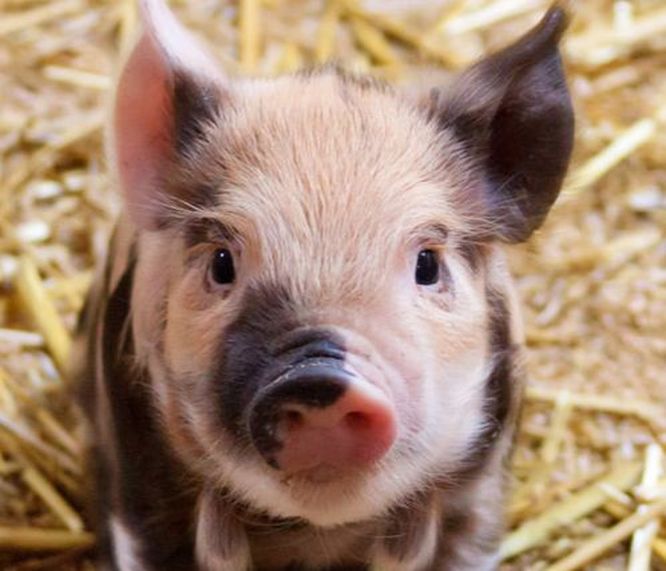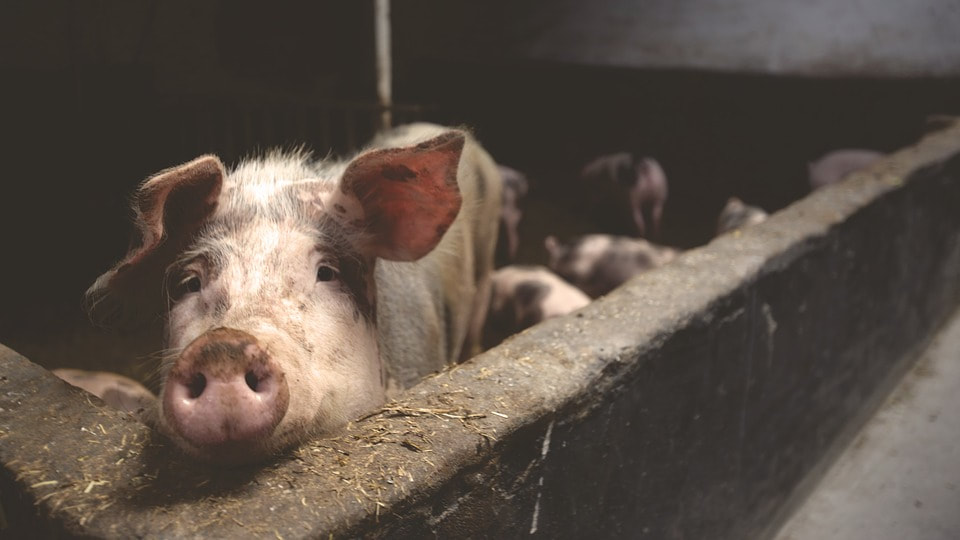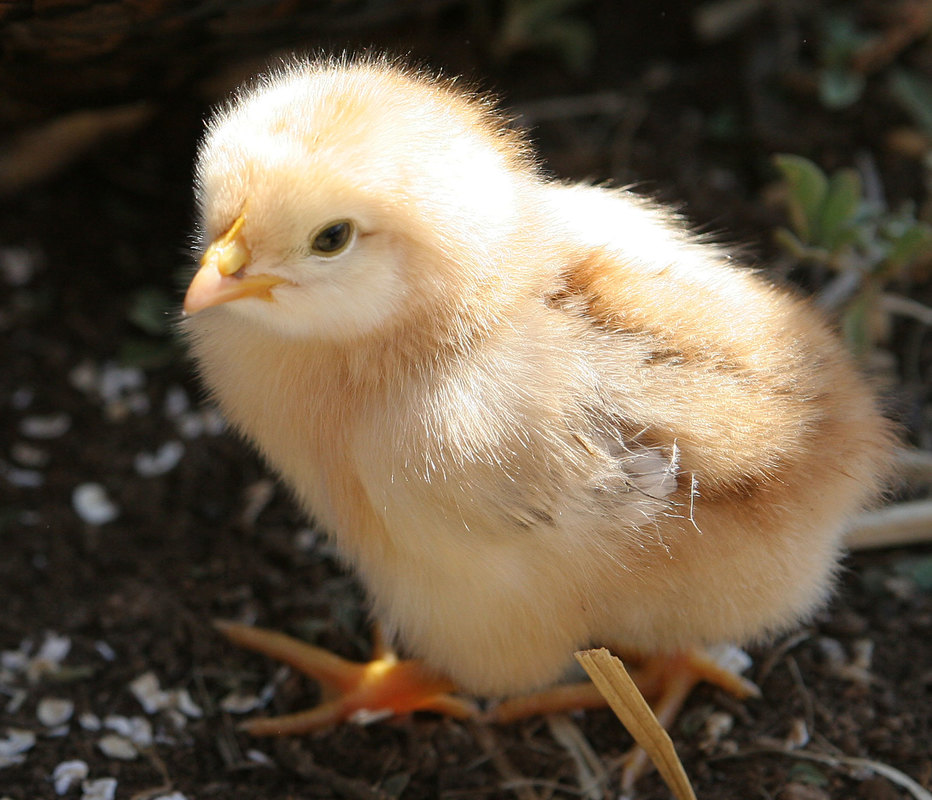|
Hurricane Florence ravaged the Carolinas and destroyed homes, businesses, and properties and left thousands of people homeless. In the wake of the flooding the death toll continues to rise. According to Dr. Joel N. Myers, AccuWeather Founder and President, the death toll may total 600 after factoring in the six-month tail period following the storm. This period counts things like premature deaths resulting from standing water, infections, disease, and toxic mold exposure. Any loss of life is devastating, and new reports of a staggering death toll in the millions has sparked public outcry. They Count Too New figures released by the North Carolina Department of Agriculture and Consumer Services state more than 4.1 million chickens and turkeys have perished during Hurricane Florence, and approximately 6,000 pigs died as well. The release of this data has resulted in a firestorm of social media posts and opinions. Some say there should be protections and evacuation plans for farm animals during natural disasters, others urge people to switch to a plant based diet to decrease the demand for meat, and some see the death of these animals as only a loss of "inventory." The reality of the matter is that these animals were literally left behind. They were trapped with nowhere to turn. After already suffering trauma, stress, and overwhelming fear, it's hard to fathom what they were feeling as the flood waters started to rise leading them to eventually drown. The aftermath is yielding even more dire consequences. Hog Waste Lagoons According to the Environmental Working Group, the hog operations in North Carolina produce almost 10 billion gallons of feces a year—"enough to fill more than 15,000 Olympic-size swimming pools." Since several of the hog waste lagoons were inundated by flood waters, the waterways are now being contaminated with animal waste and carcasses, sewage and pesticides. "Those waste materials are going to contain antibiotics, of which hogs are fed very high quantities to speed up their growth rate, in addition to the viruses and bacteria that are naturally found in hog feces," said Rachel Noble, a professor at the Institute of Marine Sciences of the University of North Carolina at Chapel Hill. The Numbers Don't Lie Although millions of animals lost their lives in the flooding, it pales in comparison to the number of farm animals killed each year by humans. Over 70 billion animals are killed each year worldwide, and around 9 billion land animals are killed each year in the U.S. alone. That breaks down to about one million every hour according to statistics by The Humane Society of the United States. "On a given day in the U.S., there are more than 73 million pigs on factory farms, and 121 million are killed for food each year."-Peta Approximately 9 billion chickens are killed each year, and the vast majority spend their lives in total confinement. As Thanksgiving is almost upon us, we must remember that an estimated 46 million turkeys are killed each year for Thanksgiving alone. A Lifetime of Suffering If you've watched the undercover footage of abuse that happens at slaughterhouses and factory farms or read real statements given by current and former slaughterhouse and factory farm workers, then you know the pure terror and pain that these animals often face. Images of chickens stomped or kicked just for fun, scenes of turkeys packed by the thousands into dark sheds--often scratching and pecking each other to death, pigs and piglets beaten with metal rods, jabbed in the eyes with clothespins, or kicked in the face. The list goes on and on. Imagine you have dealt with this abuse for your entire brief life—male baby chicks don't make it past a day. Since they are deemed worthless, they are usually suffocated in plastics bags or ground up alive. Broiler chickens are usually slaughtered around 5-7 weeks of age, turkeys at 4-5 months, and pigs at 5-6 months. These animals, in normal circumstances, are able to live many years, but due to the demand for meat, they suffered premature deaths by drowning instead of inevitable slaughter. What Can I Do?
Many will express their anger at the deaths of these innocent farm animals while at the same time still consuming chicken, turkey, and bacon, but times are indeed changing. In the past few years veganism has continued to soar in the United States. More and more people are going vegan and requesting vegan options causing companies to rethink their entire way of doing things. From plant milk to ice cream, from vegan pizza to vegan burgers, there are so many plant based options available today. You can enjoy tasty food without contributing to animals being killed for it. There is even an online vegan calculator that lets you see the impact you are making. According to my numbers (vegan for 2.7 years), I have prevented 986 animals from being eaten, saved 20,078 pounds of CO2, saved 29,585 square feet of forest, 44,377 pounds of grain, and a whopping 1,084,769 gallons of water saved. Not too bad for one person! The animals will definitely appreciate it.
0 Comments
|
About Tabatha JamesTabatha James is a wife, mom, and children's book author navigating her way through a vegan way of life! Vegan Archives
February 2024
Vegan Categories
All
|




 RSS Feed
RSS Feed
